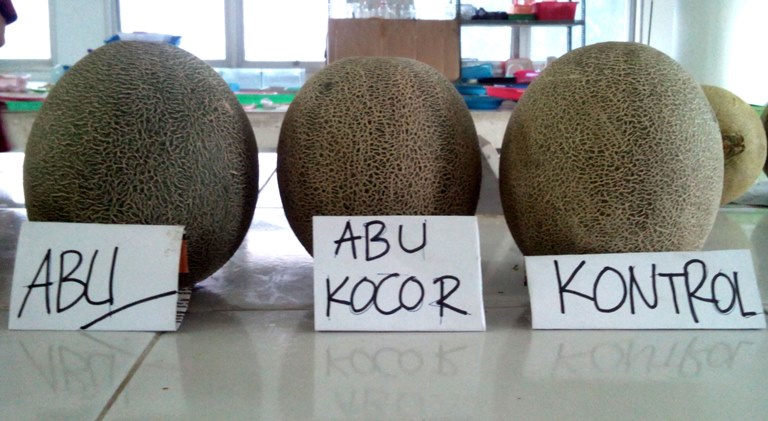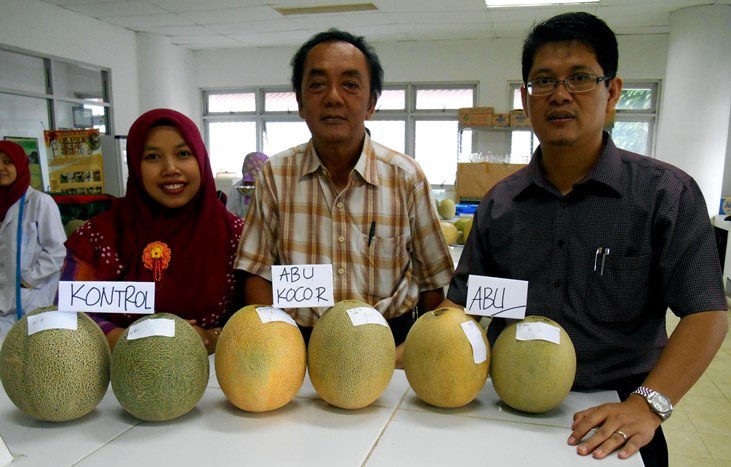UGM students, namely Sindu Daniarta, Yollanda Zilviana Devi, Andhita Mustikaningtyas, Galih Pambudi, and Pandhu Picahyo from Physics Engineering study programme, have developed PV or photovoltaic module that is more efficient as compared to other PVs. This is done using thermoelectric device, a component that can convert heat into electricity energy using Seeback effect.
“The PV efficiency is usually low because most of its energy is converted into residual heat,” said Sindu on Thursday (24/7) at UGM.
Sindu explained the Seeback effects happened when two different types of metal are arranged together in a circuit. When one of the surfaces is heated, electricity current will emerge on both sides. The thermoelectric PV application will not change the order and composition of solar cells, thus it is more practical.
“The PV equipped with thermoelectric device will increase its efficiency. If previously the efficiency of the PV was around 14 percent, then if added by 8 thermoelectric, the efficiency will increase to 14.3 percent,” said the student hailing from Bantul regency.
Together with the UGM Centre for Energy Studies and Renewable Energy Laboratory of the Faculty, the PV development is realised under the Student Creativity Program entitled Thermoelectric Device as Heat Collector To Increase Efficiency in Photovoltaic Module under the supervision of Rachmawan Budiarto, S.T., M.T. The program is in line with the Draft National Energy Policy 2010-2015, for which Indonesia targets to use up to 25% of national energy resources from renewable energy by 2025.
Sindu said the PV is a tool to convert energy radiation from solar energy to electricity useful for many purposes, such as traffic lights or water pumps.




